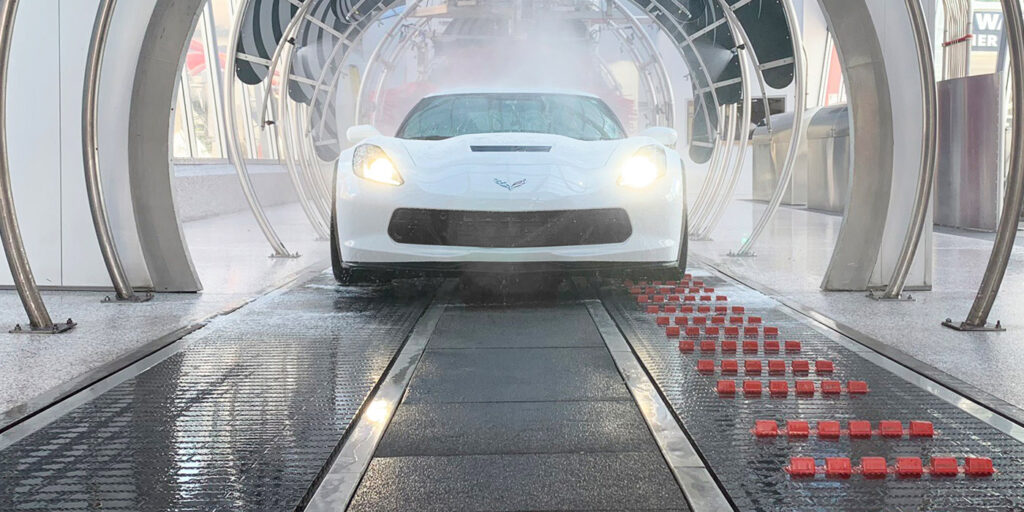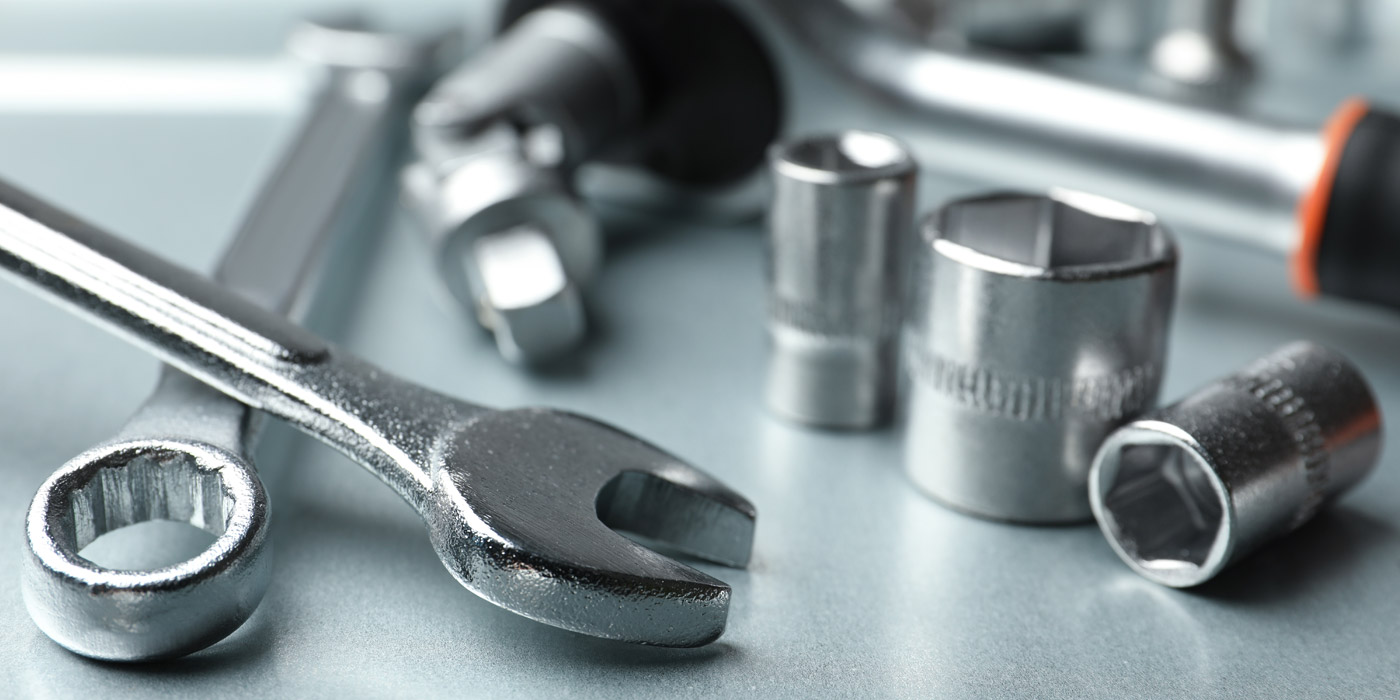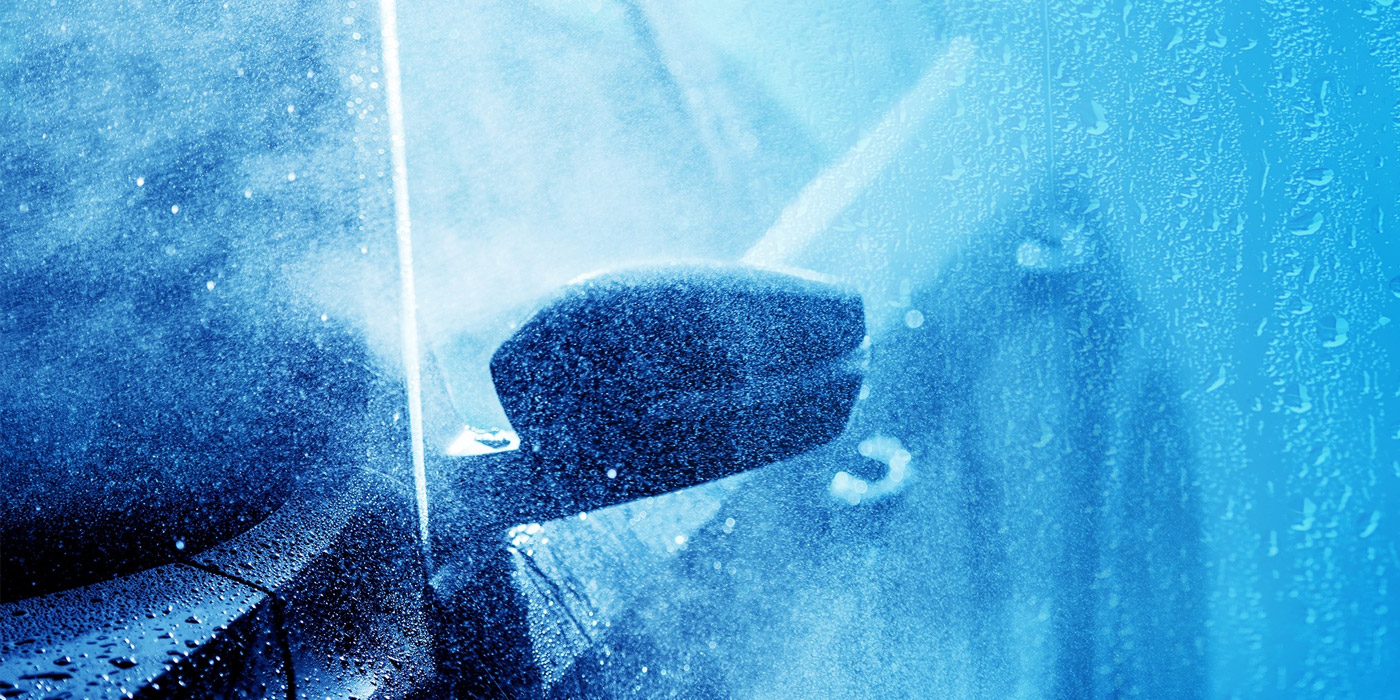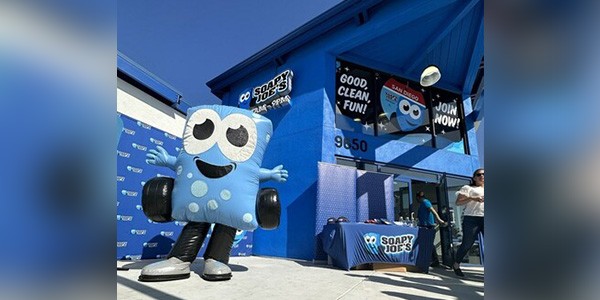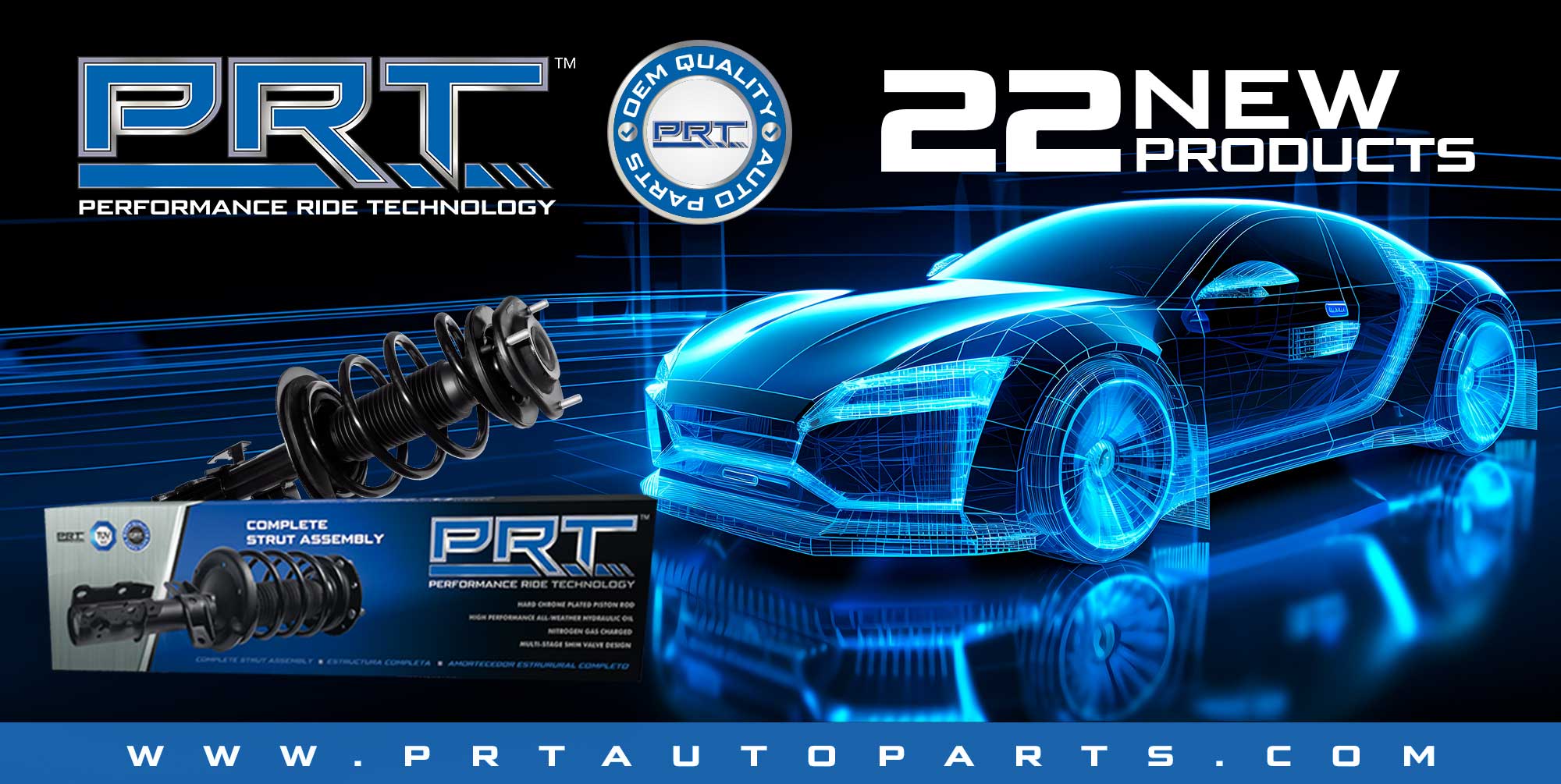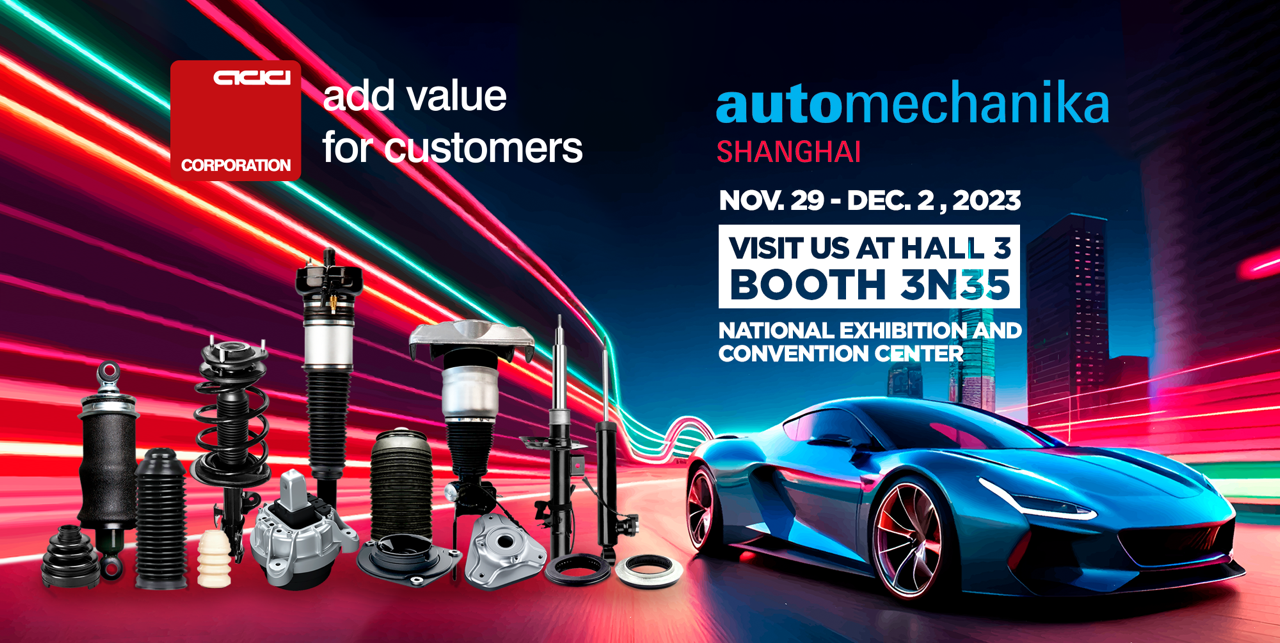Unless a carwash is blessed with an unlimited budget, there will be times when washing equipment causes problems. Fewer things can derail a busy winter washing season faster than a dryer system breakdown. Whether an operation is boosted by the addition of a new drying system or must make-do with older dryers, below is information to help any operator today when temperatures are at their coldest.
New features
The most notable improvement for dryers overall was the “direct-discharge nozzle,” Archie Johnson, owner of The Dryer Pros, said. Prior to its introduction, many carwash dryers only offered side vents and top vents that rolled over vehicles.
After integrating the discharge nozzle with the blower housing, drying efficiency improved significantly without the need to touch the vehicle, Johnson noted. Today almost every manufacturer has developed its own version of this direct discharge nozzle.
“Other innovations include the oscillating nozzle and the ‘flip’ nozzle used to dry the back of vehicles,” Johnson said.
What about warranties?
According to J.R. Klemmer, vice president and general manager of Proto-Vest Inc., most new dryer systems should come with a warranty. “I believe all manufacturers of drying systems offer at least a standard minimum one year warranty to be free of defects in material and workmanship,” he said.
Here, operators should keeping in mind that there will be separate warranties that most likely apply to the motors. The manufacturer of the dryer system generally is not the motor manufacturer. Many motor manufacturers offer a one or more year warranty, Klemmer stated.
In the event a motor fails, most manufacturers require that it is sent to an EASA (Electrical Apparatus Service Association) certified motor shop for inspection to determine the cause of the failure. These motor shops are independent of the manufacturer and are able to offer and unbiased opinion of what caused the failure.
Updating older systems
One option for making older dryers more energy efficient is installing a Variable Frequency Drive (VFD), Johnson said. To decide if a VFD is right for a specific location, an owner should spend some time comparing the energy savings versus how long it will take to pay for this sometimes expensive equipment.
How do these VFDs help make older systems more efficient? Under the right conditions, VFDs can reduce electric bills substantially, Johnson explained. The drives will bring motors up to operating speed slowly and peak in-rush current is reduced significantly.
Another benefit is that the dryer motors can be kept running at lower speeds between vehicles. When another car approaches the running dryer, less inrush current is needed to bring the system up to full speed, according to Johnson.
“There is no question that VFDs can save power,” Johnson continued. “However, each carwash facility has different parameters to consider like volume and chain speed before installing a VFD. Operators considering installing a VFD should do the math to make sure the power savings justify its cost.”
Opening and closing air gates
A recently developed alternative to VFDs is remotely controlled air gates, Johnson said. These gates block the intake of air producers. With the dryer motors running, these gates are opened and closed on command much like a rinse arch.
When a vehicle’s front end approaches the nozzle, the air gate opens to allow full air flow. When the nozzle is cleared, the air gate closes and reduces full load amps over 50 percent, Johnson stated. These air gates can also cause a considerable reduction in electric power consumption.






